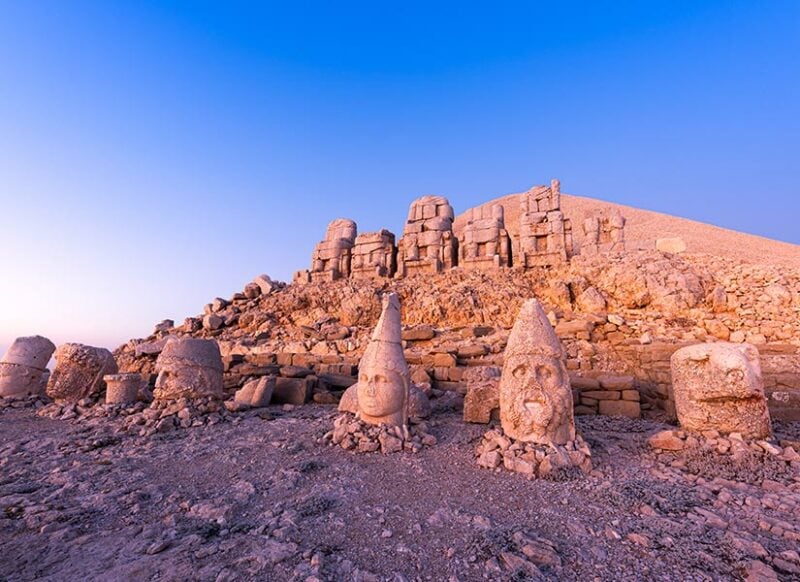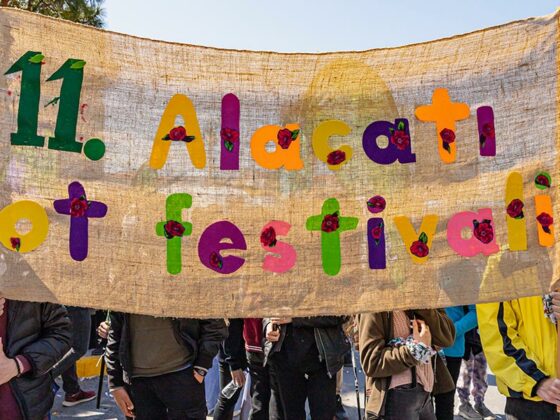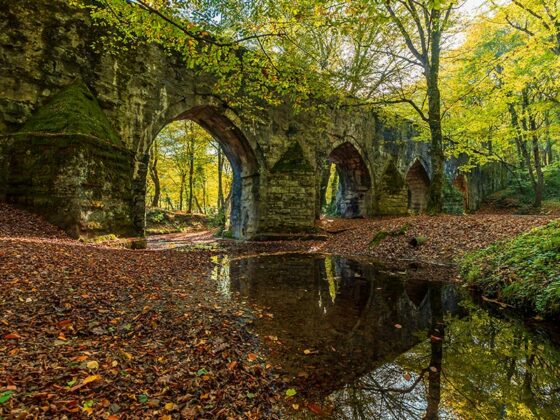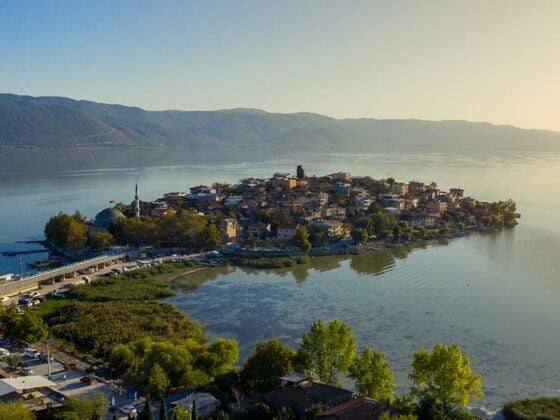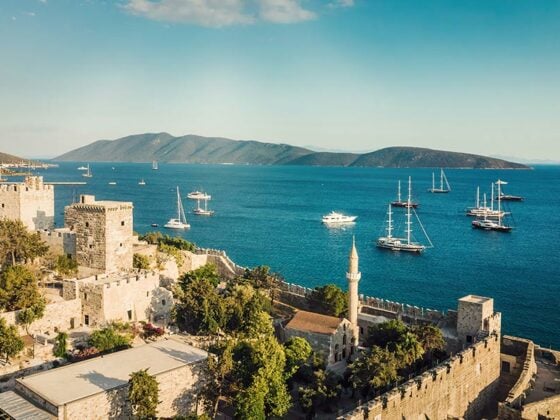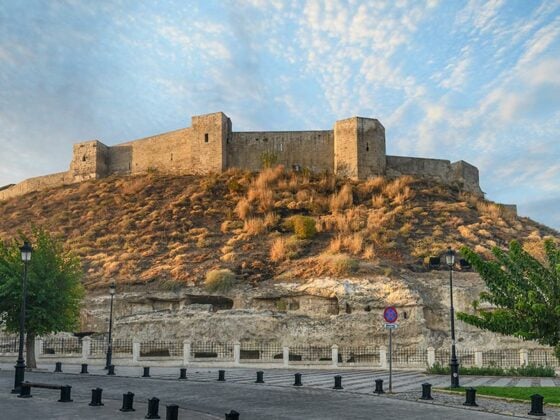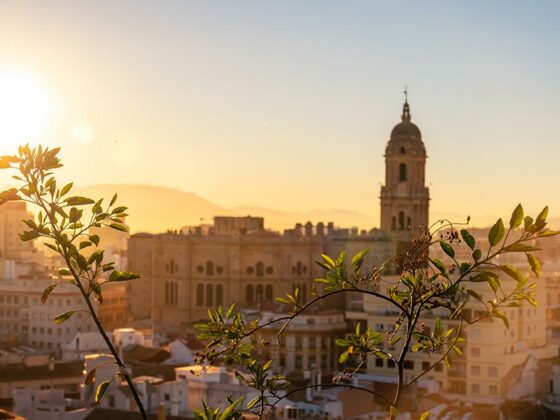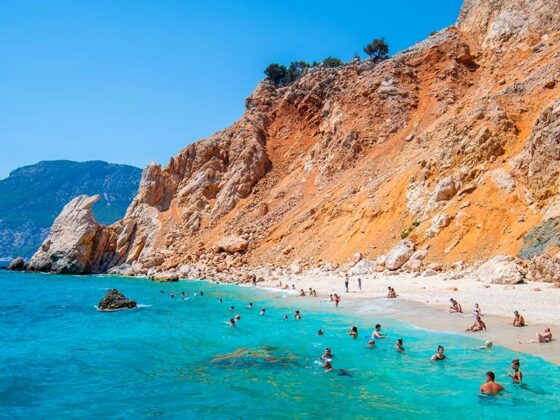Mount Nemrut fascinates guests with magnificent views and imposing statues that have been calmly watching Anatolia for 2,000 years. Are you ready to get to know the mysterious story of Mount Nemrut?
Mount Nemrut is imposing, impressive, and full of secrets. It is impossible not to feel as if one has touched the dusty pages of history when standing a top this UNESCO World Heritage Site. Have you not had the opportunity to experience this yet? If you have never been there do not worry, it is never too late when it comes to sightseeing! Now is the time to plan your trip to visit Mount Nemrut! Do you want to know where are the ruins of Nimrod and how to get there? First, settle down comfortably where you are sitting. Let’s explore this cultural treasure together the subject of many legends throughout history!
1. Where is Mount Nemrut?
Now that you have made the decision to explore this historical site, we will first answer the question, “In which city is Mount Nemrut?” and proceed from there step by step along this fascinating route full of mysteries! Mount Nemrut National Park is largely located in the Kahta district of Adıyaman. The national park extends to the Taurus Mountains, which begin near the Pütrge district of Malatya. Mount Nemrut can be reached in about one and a half hours by private vehicles from the centre of Adıyaman.
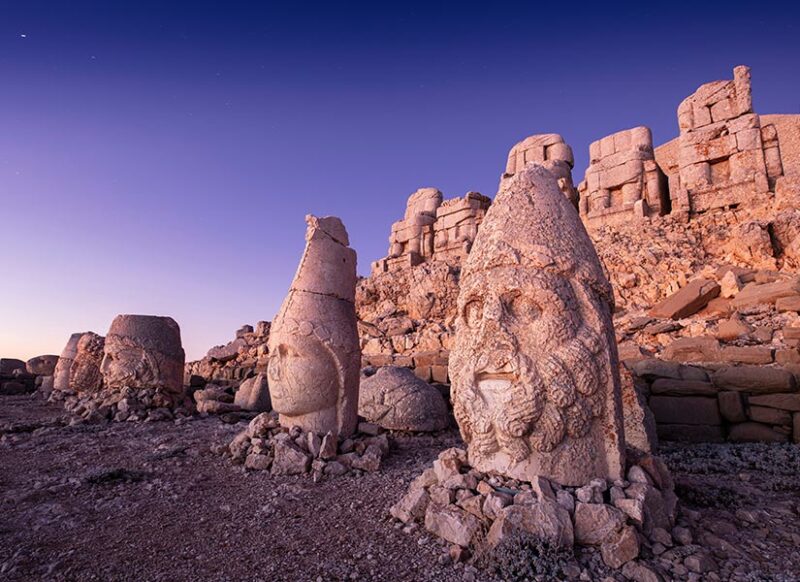
2. What is the historical significance of Mount Nemrut?
Mount Nemrut is a magnificent natural structure with a height of 2,150 metres. This mountain is included on the UNESCO World Heritage List because of the statues belonging to the Kingdom of Commagene that ruled in present day Adıyaman. The fascinating statues have been located here for over 2,000 years. In addition to its archaeological significance, tourists also appreciate the memorable and unique sunrises and sunsets offered by the panoramic views of the Taurus Mountains over the Euphrates River.
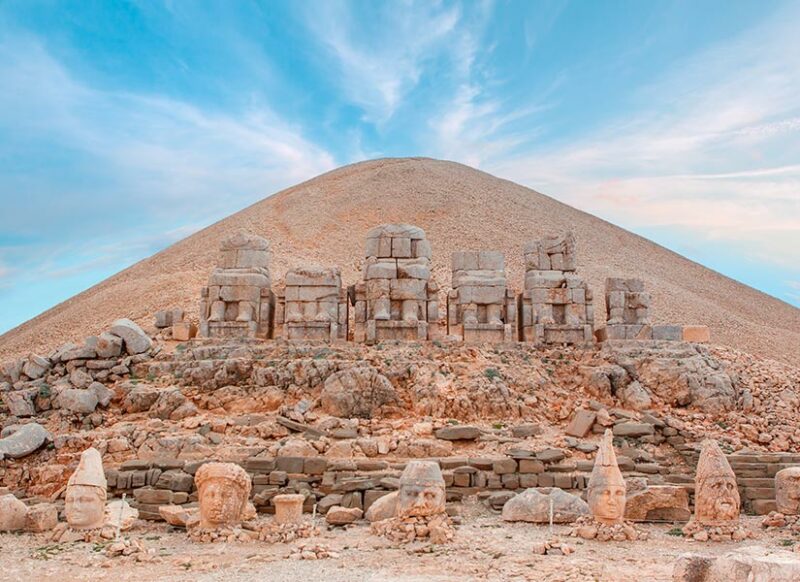
3. What are the Legends of Mount Nemrut?
The word nemrut, which means “cruel, grim and hurtful person” in the Turkish language, will enrich your understanding once you learn the legend of Mount Nemrut. Lives lead to stories, stories become legends, and finally, legends lead to adventurous journeys. Naturally, one cannot help but wonder who was our legendary subject Nimrod? Without further ado, let’s take a look at some of the legends of Mount Nemrut.
According to one narrative, a king named Nimrod (Nemrut) who was a notoriously cruel and rebellious leader, wanted to build The Tower of Babel; a magnificent tower that would rise to the skies. God disapproved of this plan and so Nimrod’s subjects were dispersed all over the world and Nimrod was punished with a painful death. This narrative reached us today through different oral and written stories handed down from generations past.
3.1. Who is Nimrod?
It is thought that the ancient ruler Nimrod was the famous Mesopotamian King who is the subject of many legends. In the Torah, Nimrod is identified as Noah’s grandson. In Islam, he is referred to but remains unnamed. King Antiochus I, the leader of the Commagene Kingdom established in the region was likened to Nimrod because of his arrogance.
So, in which period did Nimrod supposedly live? It is suggested by some ancient scholars that a ruler believed to be Nimrod lived between 2900-3000 BCE.
3.3. How Did Nimrod Die?
The answer to the question of Nimrod’s death can be explored only through legends. In some Islamic traditions it is believed that Nimrod was allegedly killed by a mosquito that entered through his nose. In Judaism, it was a gnat that ate away at his brain causing him great pain over a period of many years. In Christianity, he was killed as a punishment for disobedience. Regardless of which legend you prefer, Nimrod experienced very severe pain and eventually lost his life.
Now that we have mentioned the legends, how about we continue to plan our trip by learning about the historical features of Mount Nemrut?
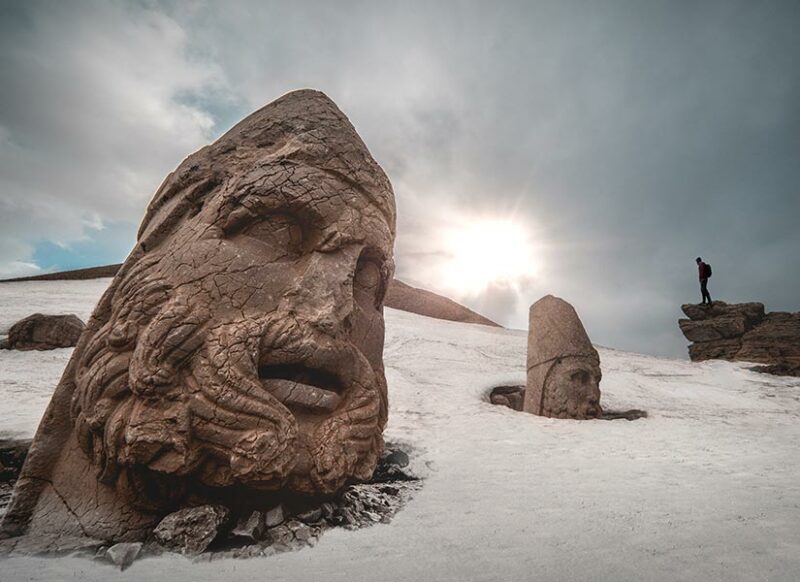
4. What is the Story of the Statues on Mt. Nemrut?
The statues of Mount Nemrut were built by King Antiochus I of the Commagene Kingdom as part of a mausoleum for himself. The statues were built to display his gratitude to the Persian, Greek, Armenian, and other gods, also to himself and his ancestors. The gigantic statues on the mountain range in height from eight to ten metres. The Mount Nemrut statues include two lions, two eagles, Antiochus I, Commagene, Zeus, Apollo and Heracles. The statues are also inscribed with their Persian names. The lion and eagle statues are guardians of the tomb.
The Nemrut Tumulus, which towers behind the statues on the mountain is a monument built by Antiochus I in memory of himself. The Nemrut Tumulus, one of the most magnificent archaeological sites of the Hellenistic Period, contains two inscriptions explaining why the tumulus and the statues were erected. The fact that the tumulus remains intact is another issue that conjures completely different mysteries. Let’s see if the reason why this tumulus was not opened is what you think.
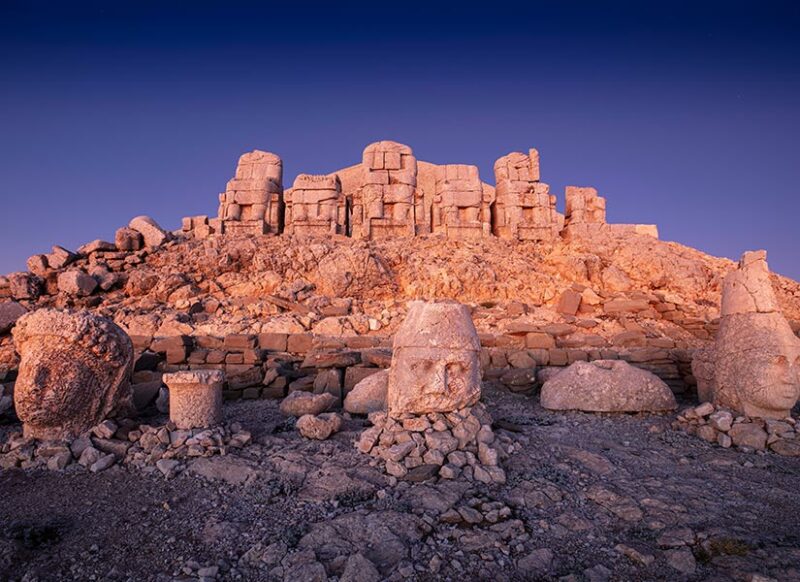
4.1. Why Is the Mount Nemrut Tumulus Not Open?
The tumulus was built to protect that which lies beneath from damage. It is very vulnerable to excavations due to possible damage to the tomb beneath and therefore cannot opened.
5. How was the Crater Lake of Mt. Nemrut Formed?
Nemrut Crater Lake was formed as a result of a large volcanic eruption. It filled with water following the giant collapse of the mountain top. The Nemrut crater, now a beautiful lake, is one of two volcanoes in Türkiye that were active in ancient times.
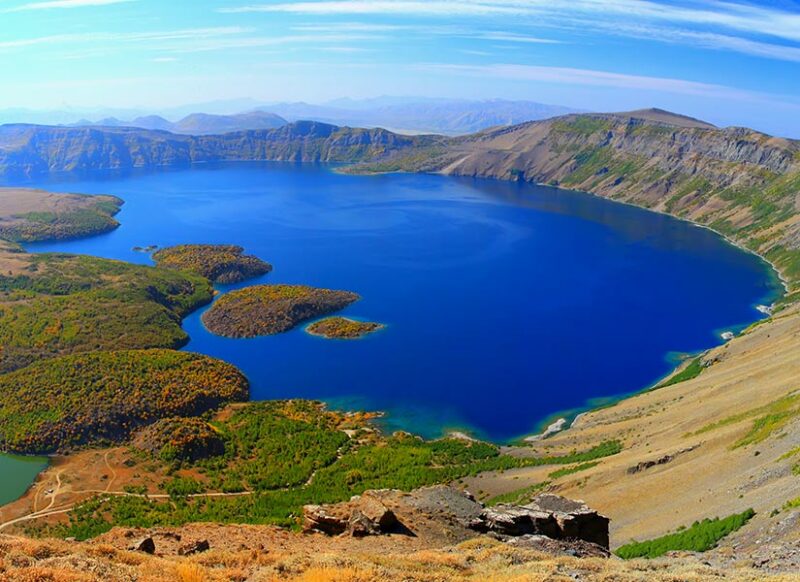
6. What to do at Mount Nemrut?
If you believe in the power of magical moments, discovering the story and mysteries of Mt. Nemrut while surrounded by history will be a unique experience for you. This mountain is a centre of tourism not only for its history but also for its spectacular landscapes.
6.1. View Anatolia from the Observation Decks.
There are really no words that can describe the experience of watching the unbelievable sunrises and sunsets on the mountain. Mount Nemrut can be visited between 5:00 and 20:00 each day. This location accepts the Turkish Museum Card which will allow you to enter the area without paying an entrance fee. If you do not have a card the current fee is 50 Turkish lira per person.
Mount Nemrut’s east terrace allows its guests to catch unforgettable views at sunrise. The historically and architecturally significant statues add a different kind of magic to the moment. Incredible sunsets can be viewed from the west terrace. During sunrise and sunsets, regardless of season, the mountaintop is very chilly, do not forget to bring appropriate clothing.
6.2. Visit the Ancient City of Arsemia!
The ancient city of Arsemia was the capital of the Commagene Civilization. It is an archaeological site on the road to Nemrut. Located on the edge of the Kahta (Nymph) River and used as the administrative centre and summer capital during the time of the Kingdom of Commagene, this ancient city contains sculptures and the remains of the summer palace.
6.3. Discover Local Products!
The trip to Nemrut shouldn’t be over without buying the small Nemrut statues made of marble dust and plaster, right? Handcrafted silver-plated paintings are also worth investigating. After you try the triangle-shaped pastries called Muska which are prepared by wrapping grape pulp with hazelnut and pistachio, you may want to get plenty of them to take with you on your return!
If you want an adventurous exploration with your loved ones, then you can start planning your trip right now by exploring the hotel options around Nemrut with Odamax!
